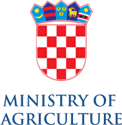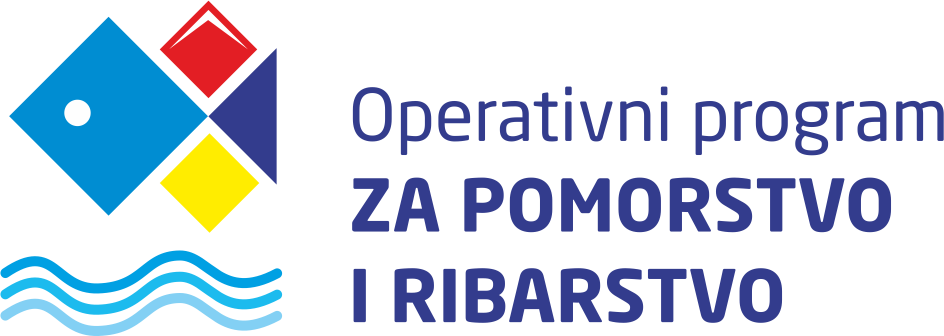Fisheries
There are two main types of capture fisheries at sea in Republic of Croatia – commercial and non-commercial. Commercial fisheries encompass commercial fisheries sensu stricto and the new category of small scale coastal fishery, which is limited in terms of gears and manner of operation. Non-commercial fisheries at sea include sport and recreational fisheries, and over a transitional period expiring at 31st December 2010, non-commercial fisheries include small scale artisanal fisheries for personal needs.
The Fishing Fleet Register of Croatia includes 4039 vessels. The largest percentage of the fleet (over 80%) is comprised of vessels less than 12 m LoA, which also constitute the largest segment of the fleet capacity in terms of power (some 50% kW). The most important part of total tonnage of Croatian fishing fleet belongs to purse-seiners, and the most important part of total power to multipurpose vessels. Total fleet power slightly exceeds 310.000 kW and total tonnage slightly exceeds 40.000 GT.
The largest number of vessels is registered as multipurpose vessels (over 45%). These vessels are typical for the Mediterranean fisheries, where fishermen target assemblages rather than species and where gears are changed several times over a year. Purse seiners account for some 5% of fleet, and these vessels account for the largest percentage of the catches, while bottom trawlers account for some 14% of the fleet.
Total catches of Republic of Croatia in 2008 was 48.976 tons, in 2009 55.319 tons, and in 2010 52.360 tons. By far, the largest percentage of the catch is realized by purse seines (89%). Towed gears account for some 8% of the catch, while gillnets and trammel nets account for a bit over 1% of total catch. Percentages for other gears are less than 1% in the total catch. The largest part of the catch is represented by small pelagic species, sardines and anchovy – over 80%. Out of the total catch, fish represent 96%, cephalopods some 2% and crustaceans and shellfish some 2%.
There are 264 landing places, out of which 63 represent 95% of the catches. The most important landing places in 2010 for small pelagic species were Kali, Zadar, Biograd na moru and Pula, while for the demersal catches these were Mali Lošinj, Tribunj and Zadar.
In addition to the commercial fisheries at sea, sport and recreational fishery represent an important segment of the fishery in Croatia.
The Fishing Fleet Register of Croatia includes 4039 vessels. The largest percentage of the fleet (over 80%) is comprised of vessels less than 12 m LoA, which also constitute the largest segment of the fleet capacity in terms of power (some 50% kW). The most important part of total tonnage of Croatian fishing fleet belongs to purse-seiners, and the most important part of total power to multipurpose vessels. Total fleet power slightly exceeds 310.000 kW and total tonnage slightly exceeds 40.000 GT.
The largest number of vessels is registered as multipurpose vessels (over 45%). These vessels are typical for the Mediterranean fisheries, where fishermen target assemblages rather than species and where gears are changed several times over a year. Purse seiners account for some 5% of fleet, and these vessels account for the largest percentage of the catches, while bottom trawlers account for some 14% of the fleet.
Total catches of Republic of Croatia in 2008 was 48.976 tons, in 2009 55.319 tons, and in 2010 52.360 tons. By far, the largest percentage of the catch is realized by purse seines (89%). Towed gears account for some 8% of the catch, while gillnets and trammel nets account for a bit over 1% of total catch. Percentages for other gears are less than 1% in the total catch. The largest part of the catch is represented by small pelagic species, sardines and anchovy – over 80%. Out of the total catch, fish represent 96%, cephalopods some 2% and crustaceans and shellfish some 2%.
There are 264 landing places, out of which 63 represent 95% of the catches. The most important landing places in 2010 for small pelagic species were Kali, Zadar, Biograd na moru and Pula, while for the demersal catches these were Mali Lošinj, Tribunj and Zadar.
In addition to the commercial fisheries at sea, sport and recreational fishery represent an important segment of the fishery in Croatia.













